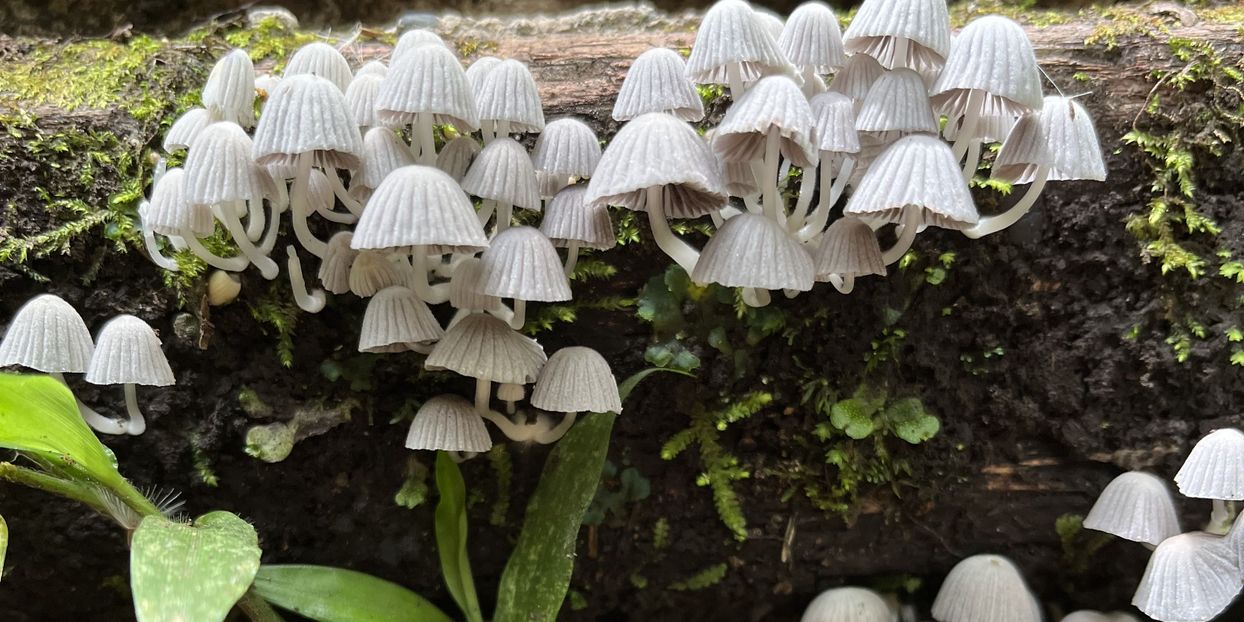
News From the Network
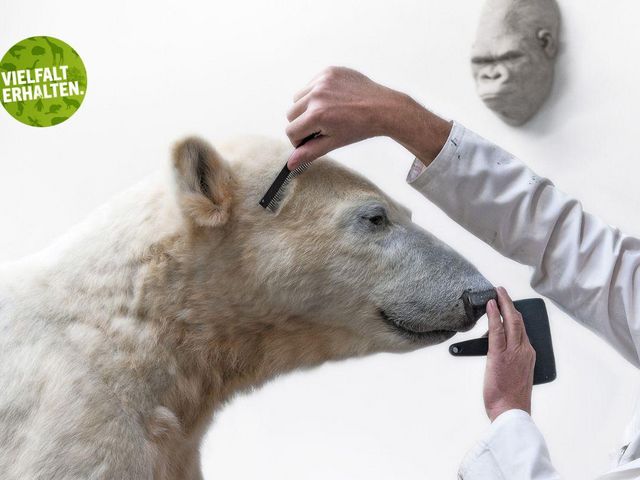
Polar bear Knut reminds us of our responsibility
04/01/2023 · MfNKnut attracted millions of people to the Berlin Zoological Garden. On March 19, 2011, he died at the age of only four, many people grieved the death of the polar bear. Today he stands as a taxidermy in the Museum für Naturkunde Berlin and reminds us all how threatened our planet is by man-made climate change and species loss. Like hardly any other animal species, polar bears have become a symbol for the consequences of climate change.
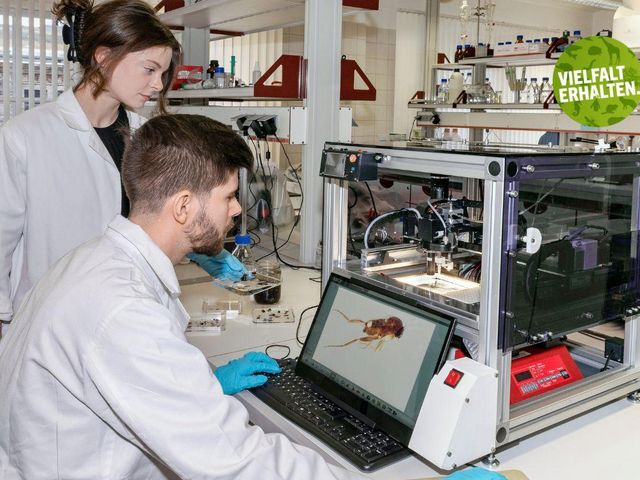
The species discovery factory
03/30/2023 · MfNWe are running out of time. As you read this text, animal and plant species that are still unknown and have never been scientifically described become extinct because we are contaminating the environment, affecting the climate and destroying the habitats of fellow inhabitants of this earth. What a treasure of life we, the so-called wise man, Homo sapiens, are irretrievably destroying! This affects in particular the group of animals with the most species, the insects. In tropical countries, where the diversity is greatest, most of the information is missing. The species discovery factory of the Museum für Naturkunde can and will change that.
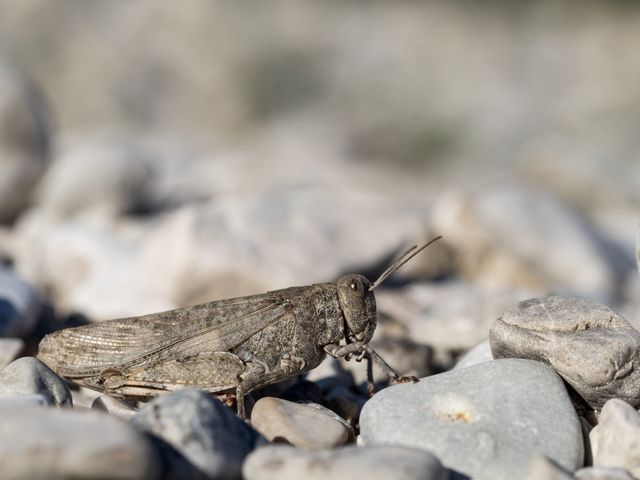
Scientists discover giant insect genome
03/16/2023 · LIBThe largest genome of any insect, seven times the size of the human genome, was recently discovered in a grasshopper. In a study published in PLOS ONE, researchers from the German Leibniz Institute for the Analysis of Biodiversity Change (LIB) and the Czech Academy of Sciences prove wrong the idea of insect genomes being comparatively small and less complex.
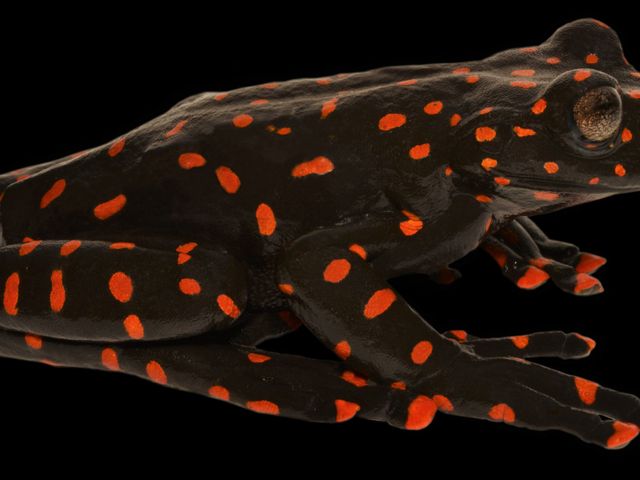
LIB researchers discover 172 new species in 2022
03/03/2023 · LIBThe blind spot of biodiversity is getting a little smaller: researchers at the LIB were able to name and describe a total of 172 new animal species last year. From cockchafer to blind long-legged spider species to amber inclusions, species from a total of twelve different animal orders were identified. Nevertheless, according to our experts, not only must efforts be increased, but new forms of descriptions must also be developed so that in the future we can continue to fathom the largely still unknown biodiversity of our planet.
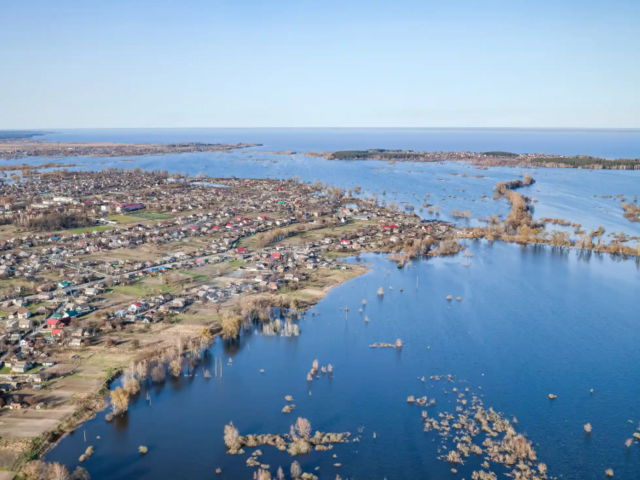
War in Ukraine threatens freshwater resources and water infrastructure
03/02/2023 · IGB and SGNThe ongoing war in Ukraine is having multiple impacts on the country’s water sector, according to a recent study led by Leibniz-Institute for Freshwater Ecology and Inland Fisheries (IGB) and the Senckenberg Society for Nature Research (SGN) that has been published in the journal Nature Sustainability. In addition to the horror of the direct consequences of war, the destruction of water infrastructure also carries long-term consequences and risks for the population, the environment and global food security.
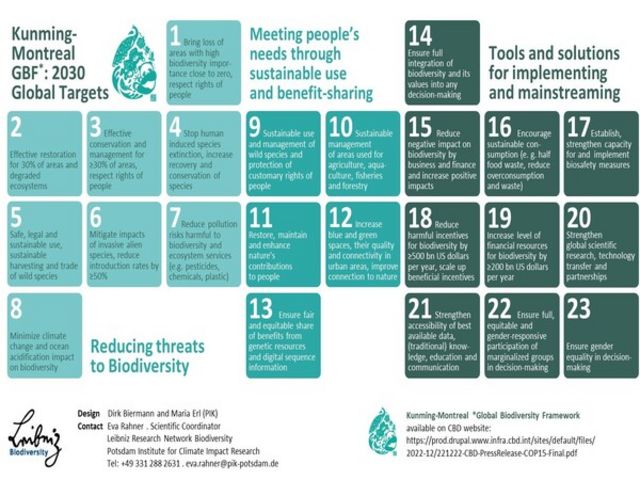
Overview chart of the 23 global targets to 2030 of the Kunming-Montreal Global Biodiversity Framework (UN World Conference on Nature 2022)
03/01/2023 · Leibniz BiodiversitätThe UN World Conference on Nature adopted 23 action-oriented global goals for biodiversity conservation by 2030. The Leibniz Biodiversity Research Network (Leibniz Biodiversity) has summarised these in an overview graphic. You can access the graphic via the link below and are welcome to use it under CC-BY-NC-ND. Please note that this graphic has not been authorised by the responsible bodies.
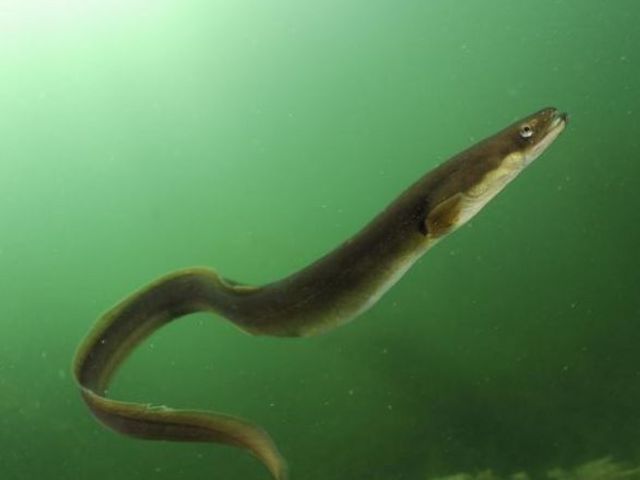
9 reasons why we humans urgently need freshwater biodiversity
02/09/2023 · IGBThe World Conference on Biological Diversity (CBD COP 15) has just made it clear how important the protection of biodiversity is for us humans. According to the final declaration - the Kunming-Montreal Global Biodiversity Framework - one goal is to maintain and restore the "functions and services of ecosystems". An international research team led by the United States Geological Survey (USGS) Climate Adaptation Science Center and the Leibniz Institute of Freshwater Ecology and Inland Fisheries (IGB) has worked out which ecosystem services depend on biodiversity in freshwater - and this is not just about edible fish and the recreational value of living waters. Health and genetic resources are also ecosystem services provided by water bodies and used by humans. Another example is the contribution to climate regulation, among other things through carbon storage and sequestration.

Soil sealing in rural areas as an underestimated factor in water quality degradation
01/20/2023 · IGB and SGNUrbanization goes hand in hand with a considerable sealing of soils. About 20 percent of the newly sealed area is not in urban areas, but in rural areas, according to the model calculations of a study by the Senckenberg – Leibniz Institution for Biodiversity and Earth System Research (SGN) and Leibniz Institute of Freshwater Ecology and Inland Fisheries (IGB). However, calculations of nutrient fluxes into water bodies have not taken these new sealings in rural areas into account, because these are often based on land use maps and consider urban areas. As a result, the nutrient loads of water bodies are systematically underestimated. Water quality suffers under sealing, but aquatic life is also affected: among invertebrates in particular, non-native species increase significantly and sensitive species decrease significantly, the study found.
